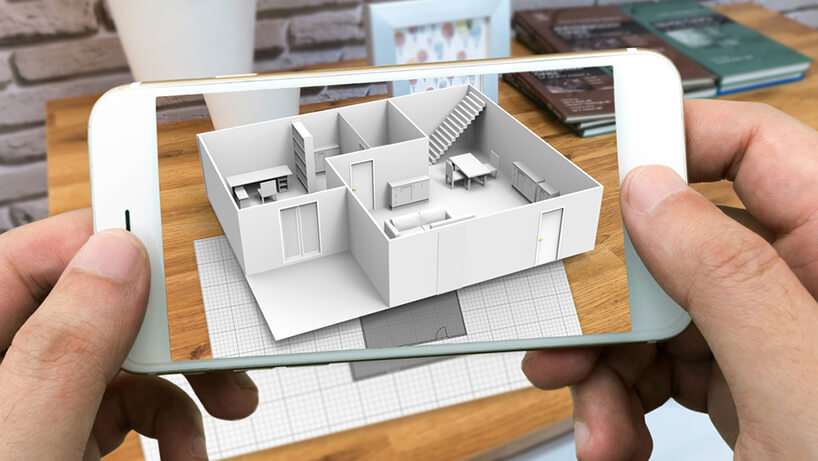#ThoughtLeadership
‘Everyone wants to transcend the everyday and experience the extraordinary,’ says Darren Lim, senior vice president of Pico+, as he explains how AR can create exhibitions that wow.
 There is no doubt that augmented reality (AR) is fun to use, but it is not “just for fun.” AR has become an indispensable tool for successful brands to create deeper and better connections with their customers.
There is no doubt that augmented reality (AR) is fun to use, but it is not “just for fun.” AR has become an indispensable tool for successful brands to create deeper and better connections with their customers.
IKEA’s AR app, for instance, helps shoppers visualise how furniture might look inside their actual homes.
Another creative example is the New York Times’ David Bowie AR experience, which features as part of the “David Bowie Is” exhibition currently on show at the Brooklyn Museum. The exhibition showcases a collection of the dearly departed rock star’s costumes, sketches, lyrics, and other artefacts — and the NYT’s Augmented Reality: David Bowie in Three Dimensions activation brings these pieces to life in 3D.
This AR exploration of the exhibition allows the viewer to examine Bowie’s legendary costumes up close and come to understand his eye for detail and groundbreaking attitudes to society, music, and life itself — anytime, anywhere … as long as there’s a Wi-Fi connection.
Breaking Through Limitations
Showcasing a product used to be a tricky and expensive proposition. Computer simulations, scale models, and photos are okay, but none of these really give people a sense of what the product does. Enter AR, where exhibition visitors can interact with a product and tangibly understand its benefits.
Take Jiangling Motors’ booth at Shanghai Auto Show 2017 as an example. This 990-sqm booth was an attention-grabber that offered immersive experiences to visitors. The product displays were complemented by augmented reality experiences that highlighted the brand’s strengths and technologies, revealing the vehicles’ internal structures and various advanced hybrid power technologies.
Fixing a Paper Jam?
Augmented reality will overlay whole cities in the near future, adding functionality and convenience to every aspect of life. There are already tools available in the market that allow mobile developers to build AR apps that permanently place virtual objects in the real world for others to discover. Imagine pointing your camera at an office printer and finding instructions on how to fix a paper jam directly overlaid on the printer.
Alibaba recently utilised interactive technology to showcase its many product offerings at CES in Las Vegas. Its award-winning booth included several virtual-reality–based activities, augmented-reality interactive software, LED overhead elements, video walls, multi-touch software, and transparent touchscreens.
Think about how these elements could be used in the future — where audiences can interact with virtual-marketing messages even after they’ve left an event. Your brand message can appear on a train, at a restaurant, or even in the bathroom. Wherever you can purchase a display ad, you can reach out through AR.
The advances being made in AR today are paving the way for new and better audience engagement. After all, everyone wants to transcend the everyday and experience the extraordinary.

